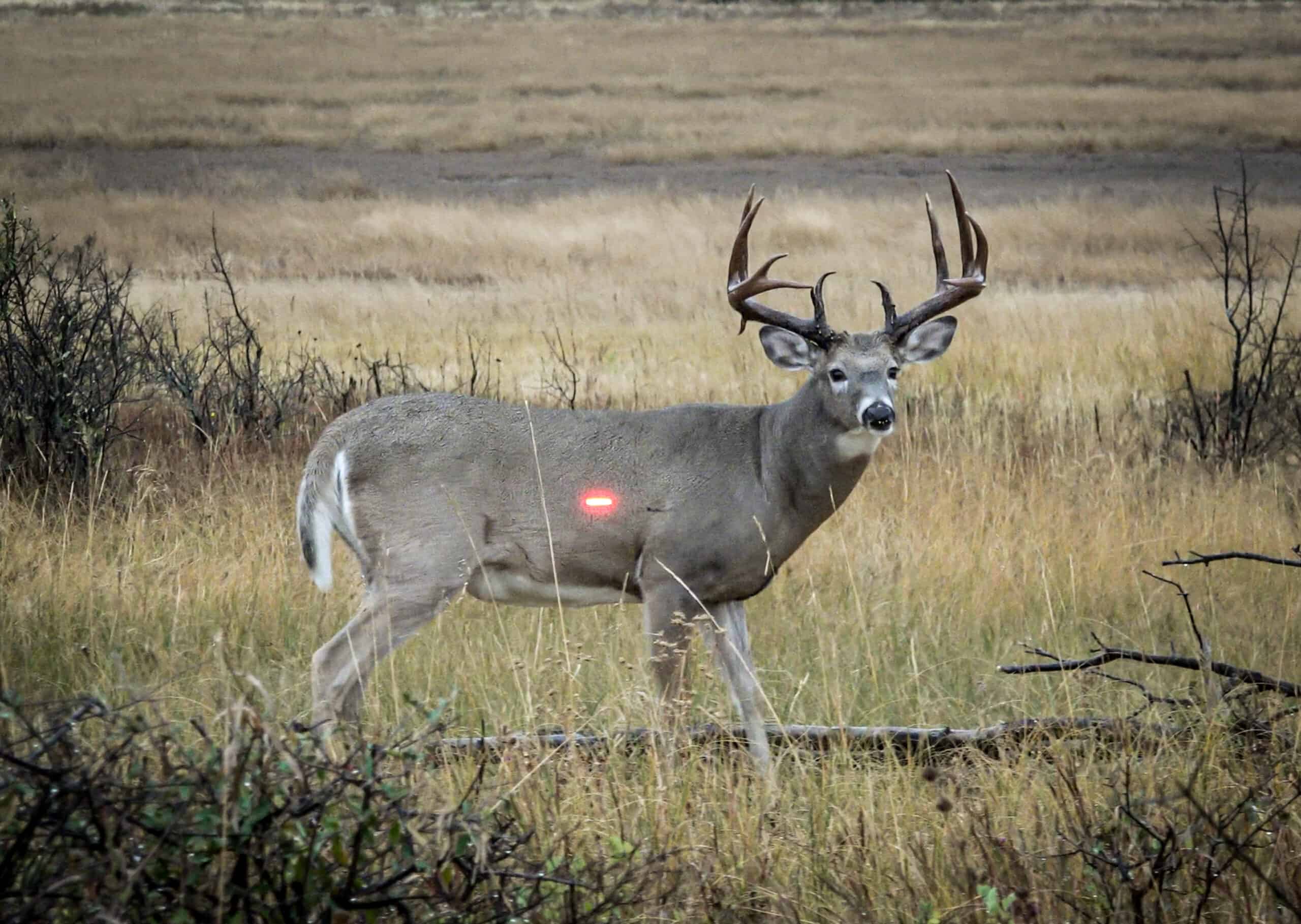Set yourself up for success with the right broadhead and arrow combination.
By FeraDyne Staff

While archers and bowhunters often obsess over the bow and accessories, it’s the arrow with its pointy tip that can make the difference in achieving ultimate success in the field. Tuning the combination of the right arrow and head to perfection is an art every archer should strive for. Nowadays, it’s tempting to grab any arrow off the shelf at the local pro shop or big box store, which can provide reasonable accuracy. However, for those seeking ultimate accuracy and peak arrow performance when the critical moment arises, careful consideration should be given to the selection of arrows and broadheads.
As you probably know, the market offers a wide selection of arrows with varying weights and diameters. Currently, slim diameter arrows are quite popular, and for good reason – they handle wind better and penetrate more effectively due to their slimmer design.
The Right Arrow
While slim diameter arrows are indeed awesome, they come with their unique challenges, such as outserts, half-outs, and hidden insert designs. All of these options work well, but buyers need to be aware and prepared to use the right glues and installation techniques. However, it’s worth noting that good old standard diameter shafts still perform admirably.
The most crucial aspect of choosing the right arrow is the spine. Some shooters might manage with an improperly spined arrow when using a field tip, but they often encounter significant issues when using a broadhead. Following the manufacturer’s spine chart should get you close to the right arrow spine, but if a shooter finds themselves in the middle, it’s almost always better to go with the stiffer spine arrow when tuning broadheads.
If you prioritize top accuracy, consider choosing a premium arrow like the Carbon Express Maxima Photon SD. With an inner diameter of .203, straightness tolerance of 1/10,000th of an inch, and weight sorted to +/- 1.0 grain, they are sure to be accurate and provide superb penetration.
Scary Sharp
When it comes to buying broadheads, the vast array of choices can be intimidating, much like arrows. With expandable heads now allowed in all 50 states, hunters have the freedom to shoot whatever style they prefer, regardless of their hunting location or target. However, simply picking any head off the shelf and heading into the woods may not always be the best choice. While it might work for shooting whitetails in your back forty, if you’re planning an elk hunt, it’s crucial to put more thought into the broadhead you choose.
For years, elk hunters and those pursuing other large game have advocated for sturdy, cut-on-contact, large fixed blade heads, and rightfully so. These heads offer excellent penetration and results when hitting the target accurately. Nonetheless, tuning these heads can be challenging, especially with the speeds of today’s hunting setups. It’s not impossible, but it often requires more effort.
In recent decades, hunters using expandable heads have proven that this type can work exceptionally well on heavy-boned animals. Options like the 2 Blade NC Cut on Contact from Rage serve as perfect examples of this. They maintain the cut-on-contact feature, followed by two .035” blades with a 2” cut. This two-blade design with thick blades ensures ideal penetration and accuracy on larger animals like elk.
Putting it all together:
Once you’ve made your arrow choice and decided on a broadhead, the final step is to hit the range and practice with your hunting setup. Although it’s easier to just screw on a broadhead and go hunting with today’s broadheads, practicing with your actual setup is a much better option. Consider getting a target like the Glendel Half Scale 3D, and you can have fun while ensuring your broadhead/arrow combination is dialed in.
After verifying that your combination works and choosing a specific head, investing in an extra pack of heads designated for practice can be beneficial. Screw these “just for practice” heads on each arrow intended for hunting to ensure they fly true. Once you’ve completed this step, you can confidently screw on your hunting heads, and if they spin well on your arrow spinner, they should be good to go.
Arrows and broadheads may not receive as much hype, but they are equally crucial to accuracy as the bow itself. Once a shooter learns to match the right arrow to the right head and tunes them perfectly, they become the ultimate weapon in the woods. Mastering this process not only yields worthwhile results but also becomes an enjoyable part of the journey that pays significant dividends when the shot of a lifetime presents itself.
